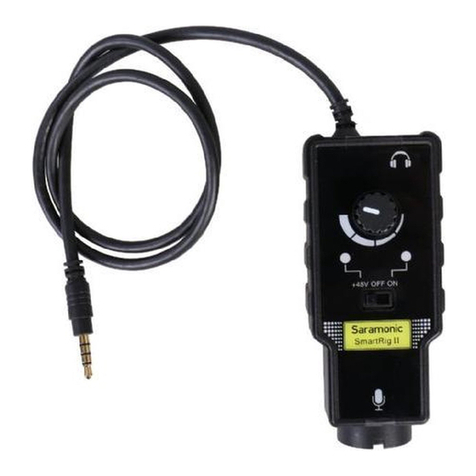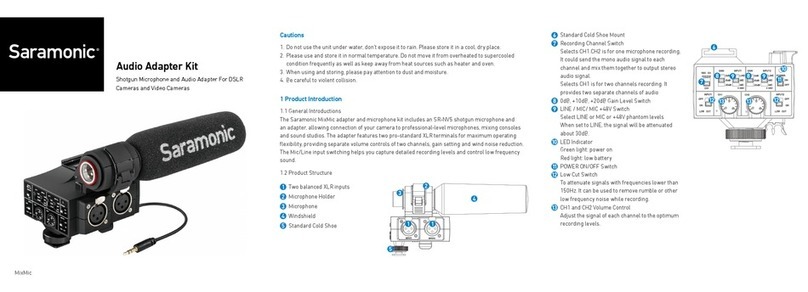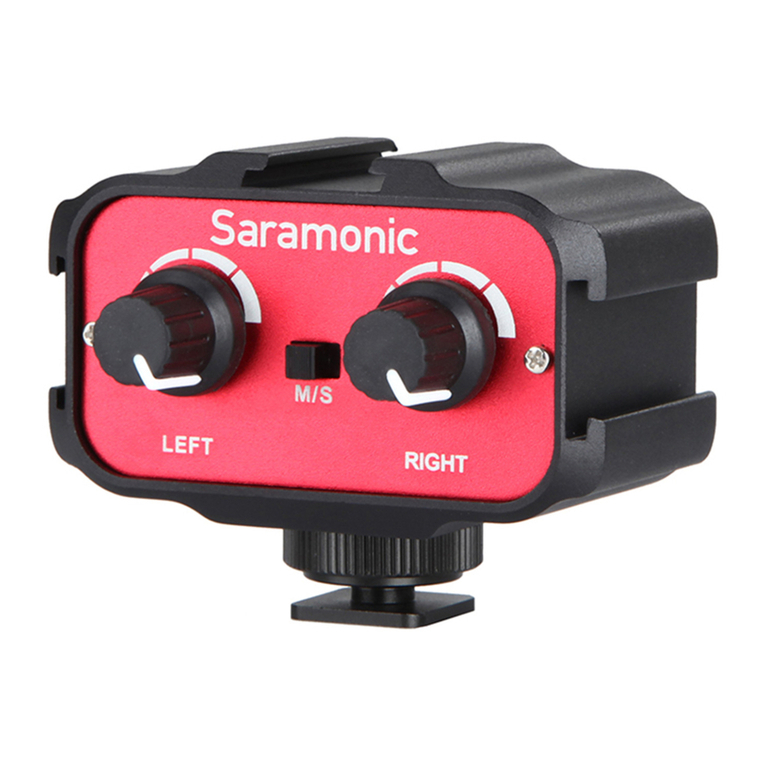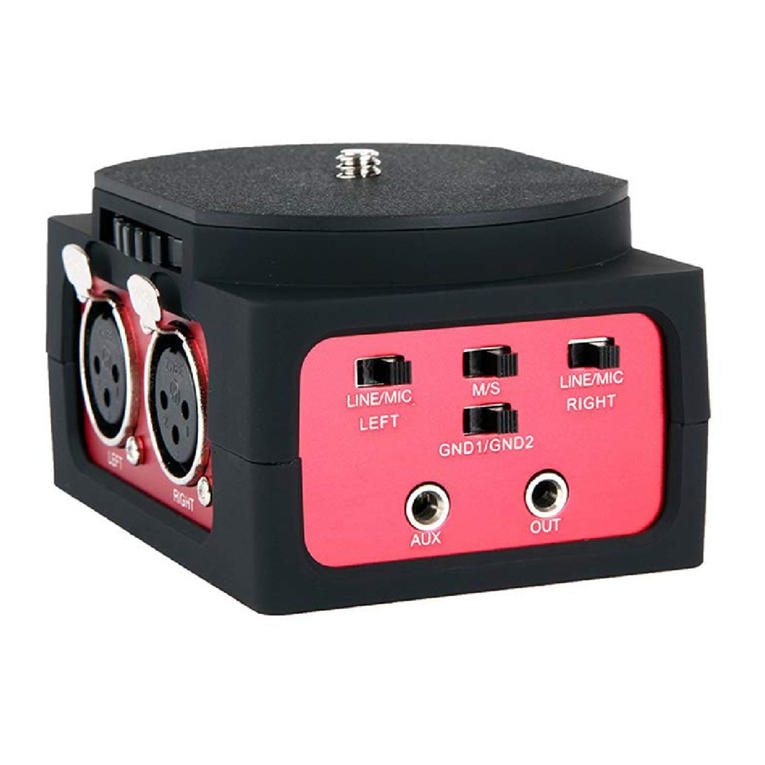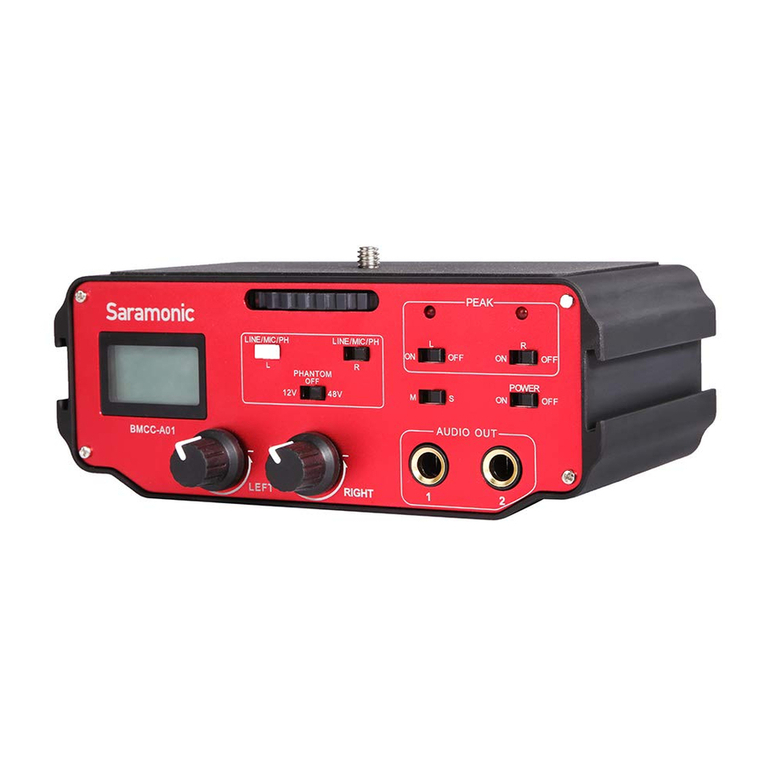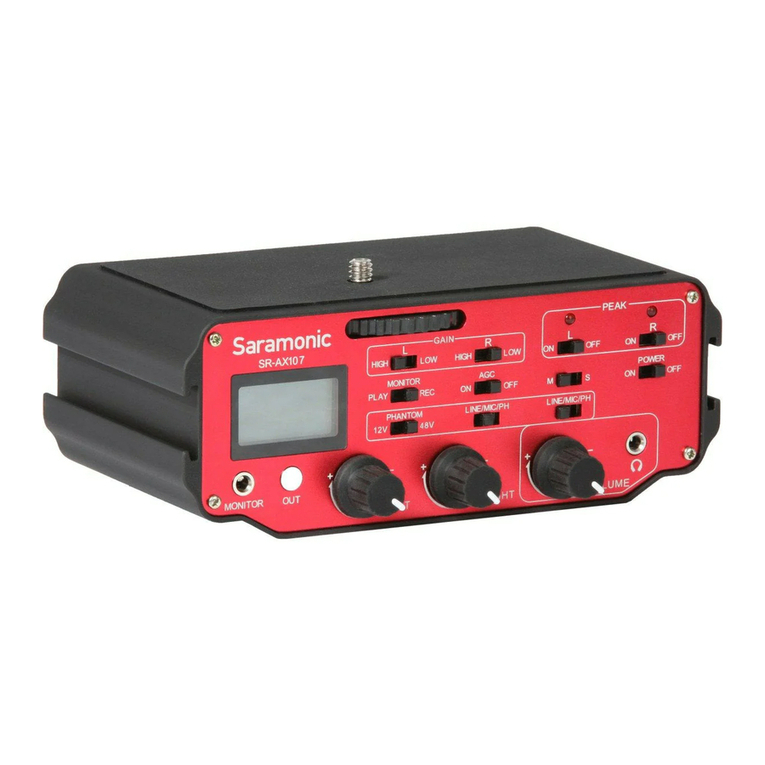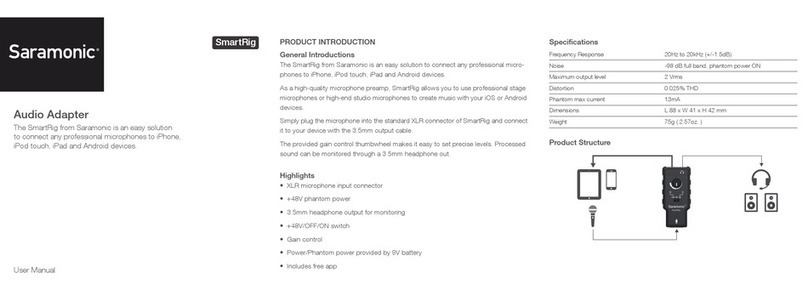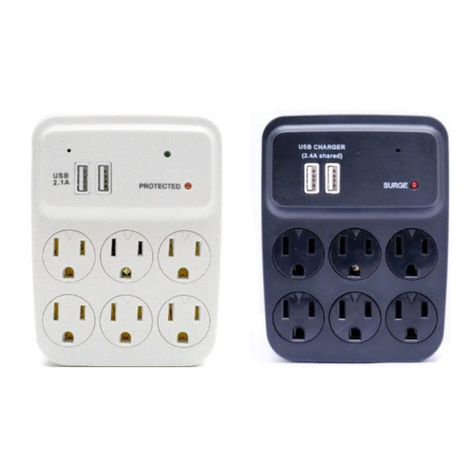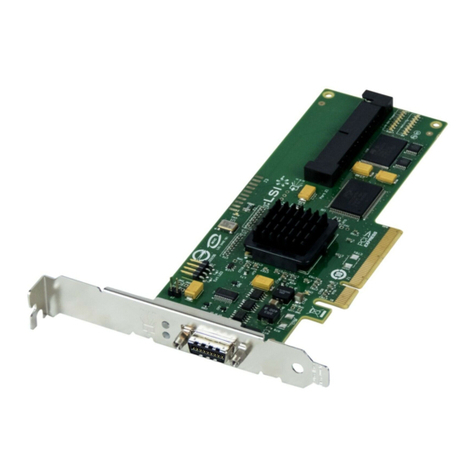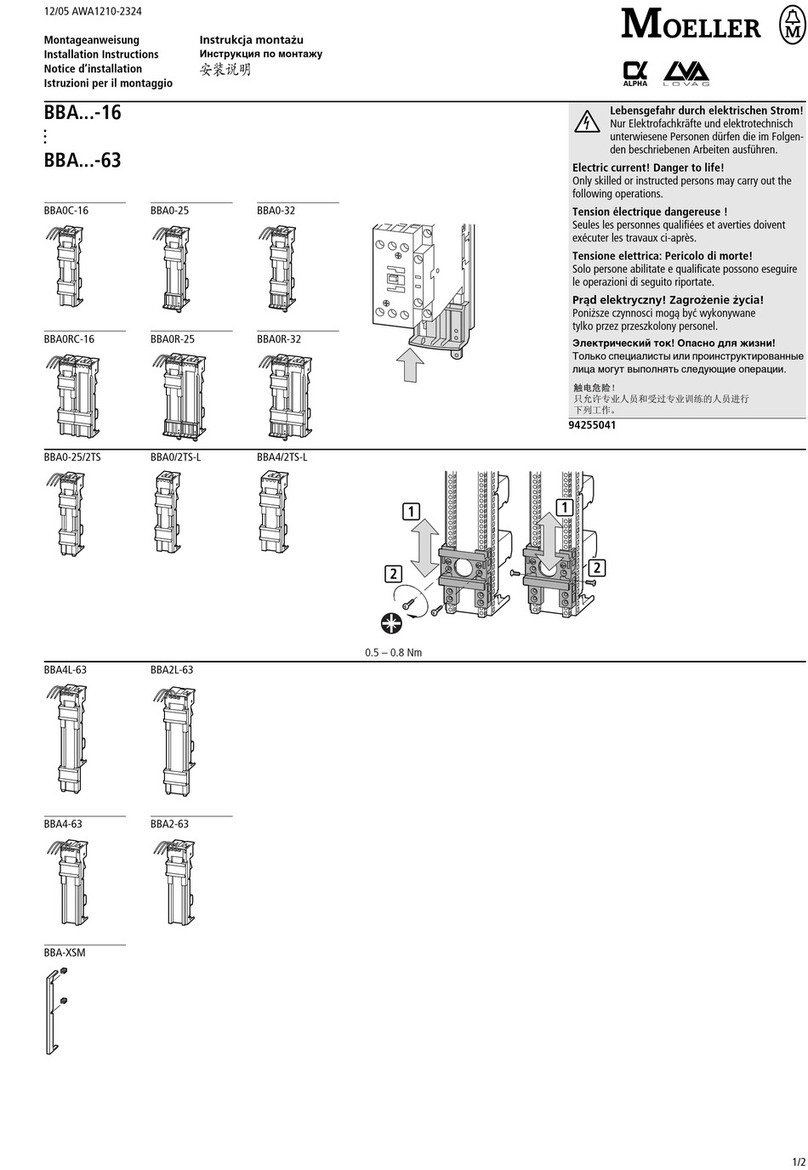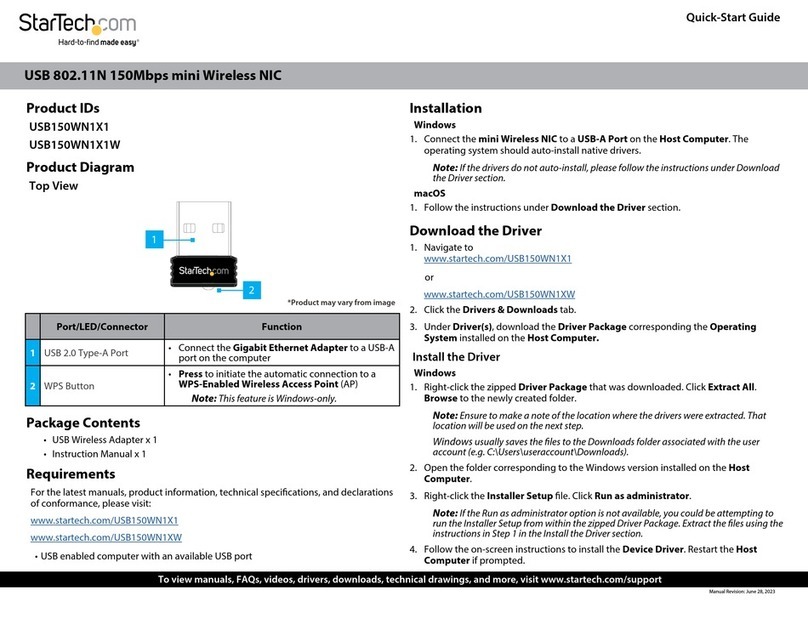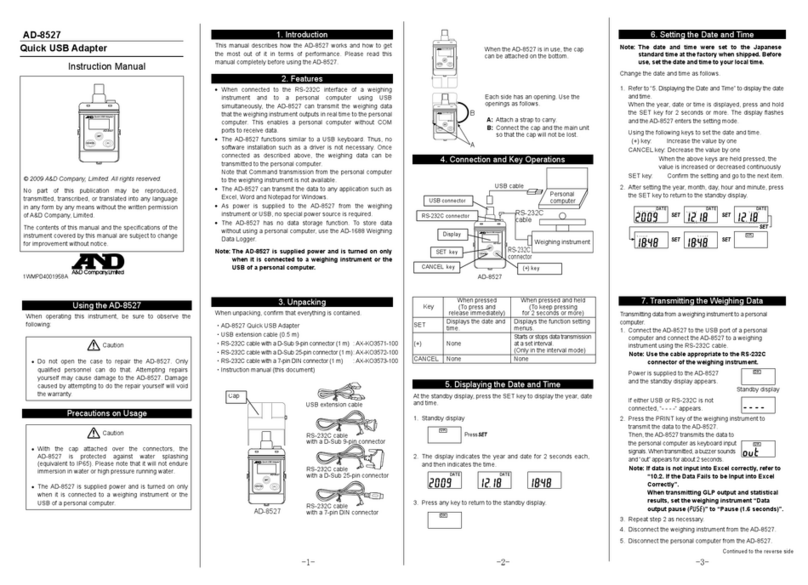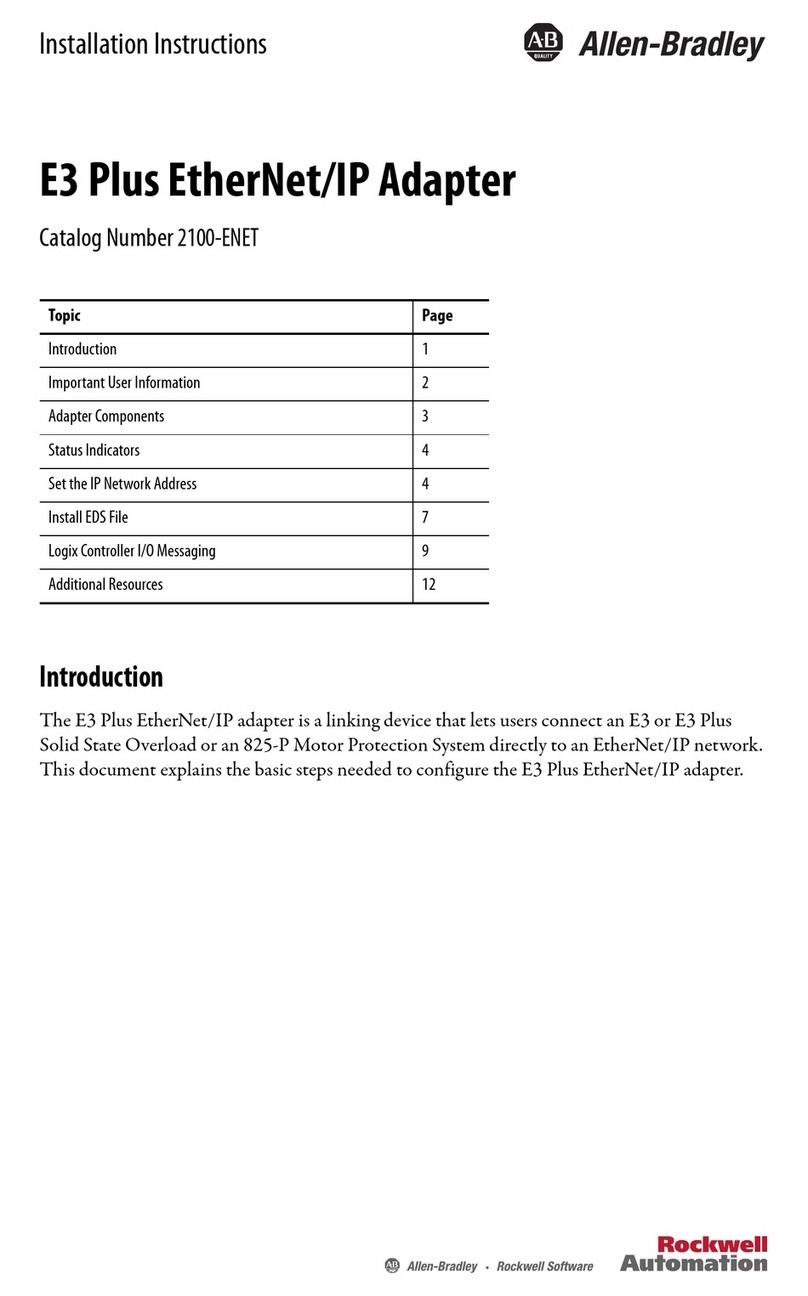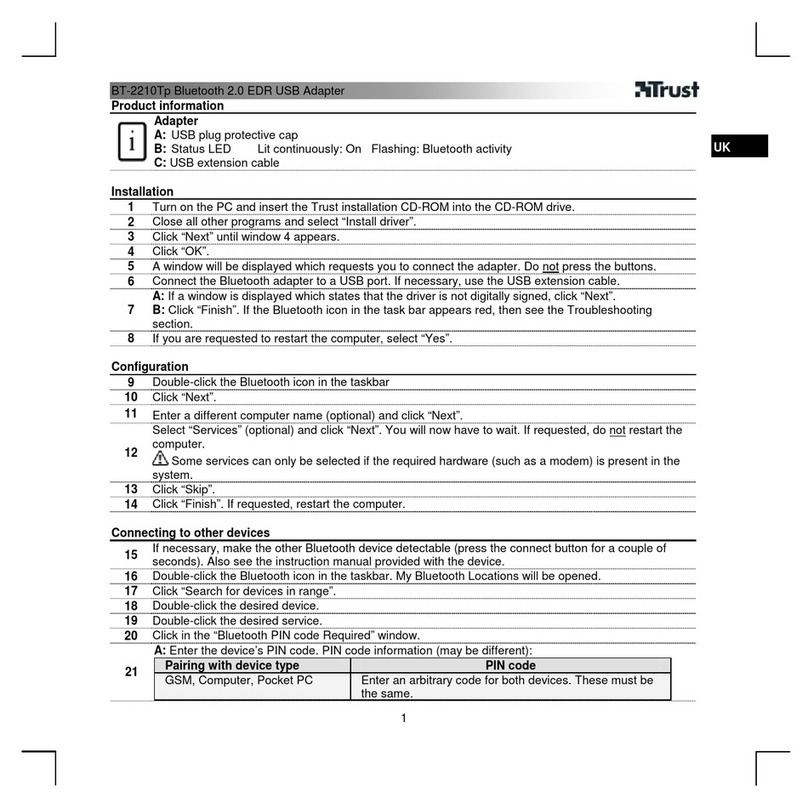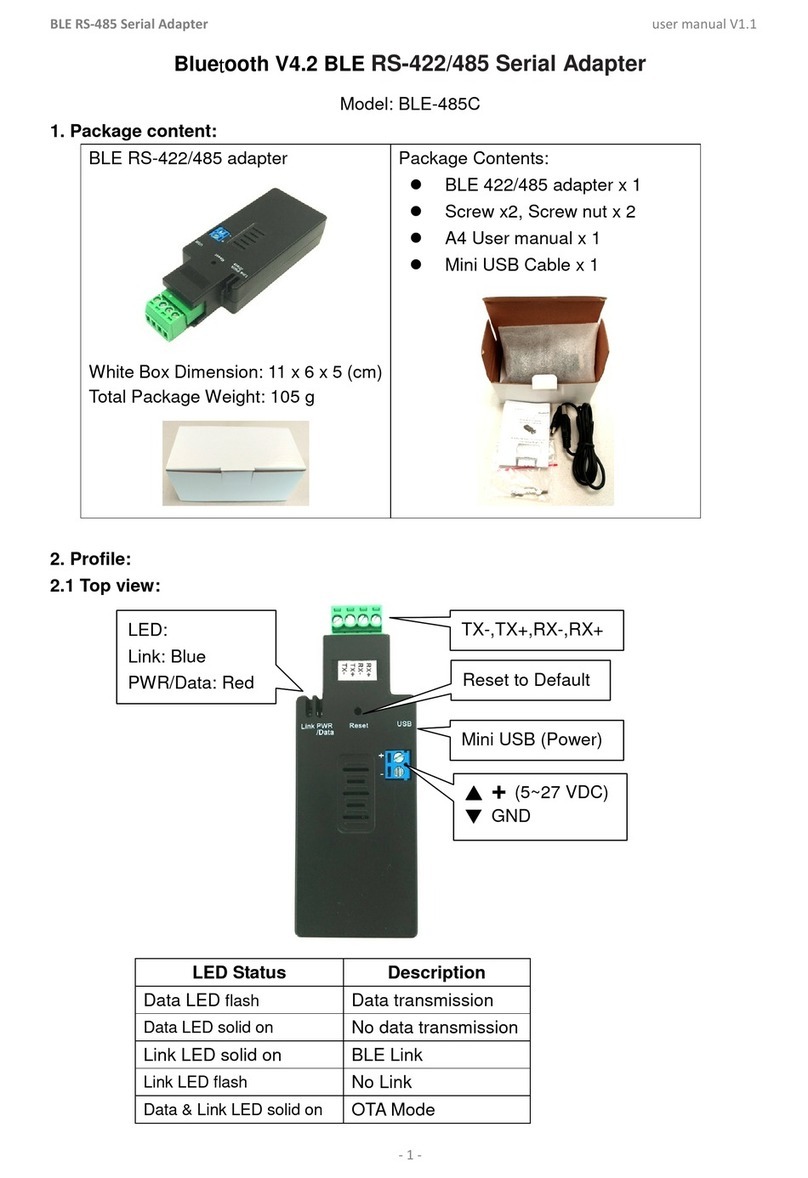Set the Gain switches to LOW for very sensitive condenser microphones or recording very
loud sounds.
(7) Set the PEAK switches for both channel to ON.
(8) Set AGC ON/OFF.
Please read the AGC Operation Guide for your reference.
(9) Set the M/S switch.
When using one channel, switch to M for mono.
When using two channels, switch to S for stereo.
(10) Set the GND1/GND2 switch
Set the ground switch to GND1 initially. When recording, if there are some odd noises from
ground loop, you could switch it to GND2. Please switch it flexibly to the side with a better
sound quality.
(11) Set the LINE/MIC/PH switch.
When using microphones and wireless systems, set to MIC for microphone.
When using other audio devices, set to LINE for Line.
When using microphones operating on phantom power, set to PH for phantom power.
Note: Please DO NOT select Phantom level when recording with microphones that do
not operate on phantom power, wireless receivers, mixing boards or any unbalanced
devices, because it may cause damage to both the adapter and audio device.
(12) Set the 12V or 48V phantom power according to your needs.
(13) Set the MONITOR switch to XLR to monitor the audio from the microphones during recording.
(14) Turn the adapter POWER switch to ON.
2. Operation
2.1 Set up Guide
(1) Install the battery.
Lift up and pull out the drawer from the battery compartment.
Insert 9V battery into place aligning + and - polarity as shown.
Slide the drawer closed until it clicks into place.
(2) Attach the SR-AX104 to the base of the camera. Spin counter-clockwise to tighten up the
adapter with the camera. Mount the adapter to a tripod with the tripod socket on the bottom
of the adapter.
(3) Connect the supplied signal transmission line from the output jack (OUT) of adapter to the MIC
input of camera. If there is a MIC/Line switch on the camera, select it to MIC.
(4) For monitor audio from the camera during playback, connect the red and white RCA plugs on
the supplied AV cable, or the AV cable that came with the camera to the corresponding red
and white MONITOR IN jacks on the adapter. Attach the other end to the AV output of the
camera.
(5) Connect balanced XLR microphones, wireless mics or other audio sources to the LEFT and
RIGHT XLR or AUX inputs on the SR-AX104.
Note: The AUX Input is ideal for connecting wireless devices with a 3.5mm output. As
it sends signal to the right channel, please do not use the right XLR Input while using
the AUX Input.
(6) Set the GAIN switches.
Set the Gain switches to HIGH for most microphones.
